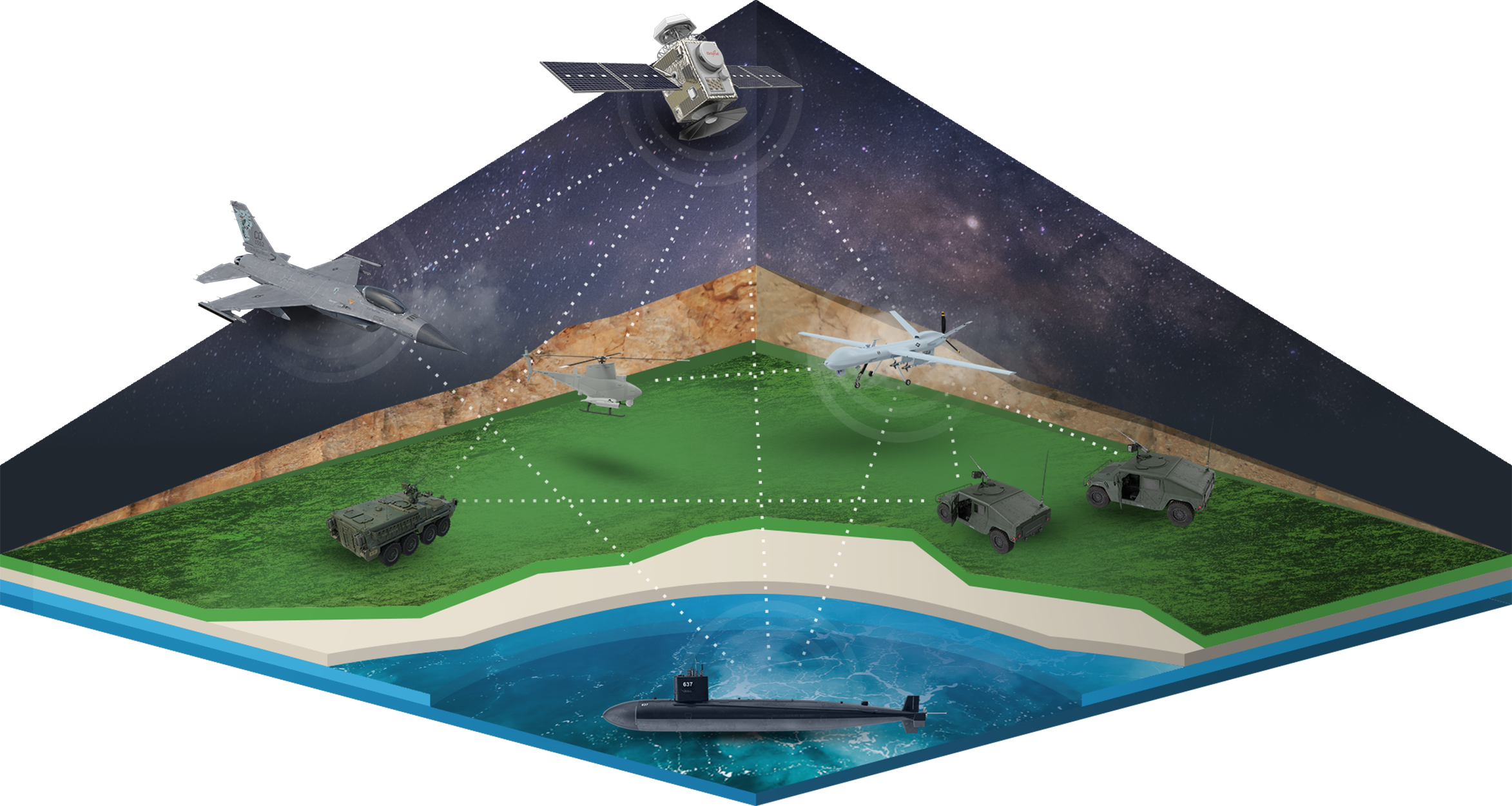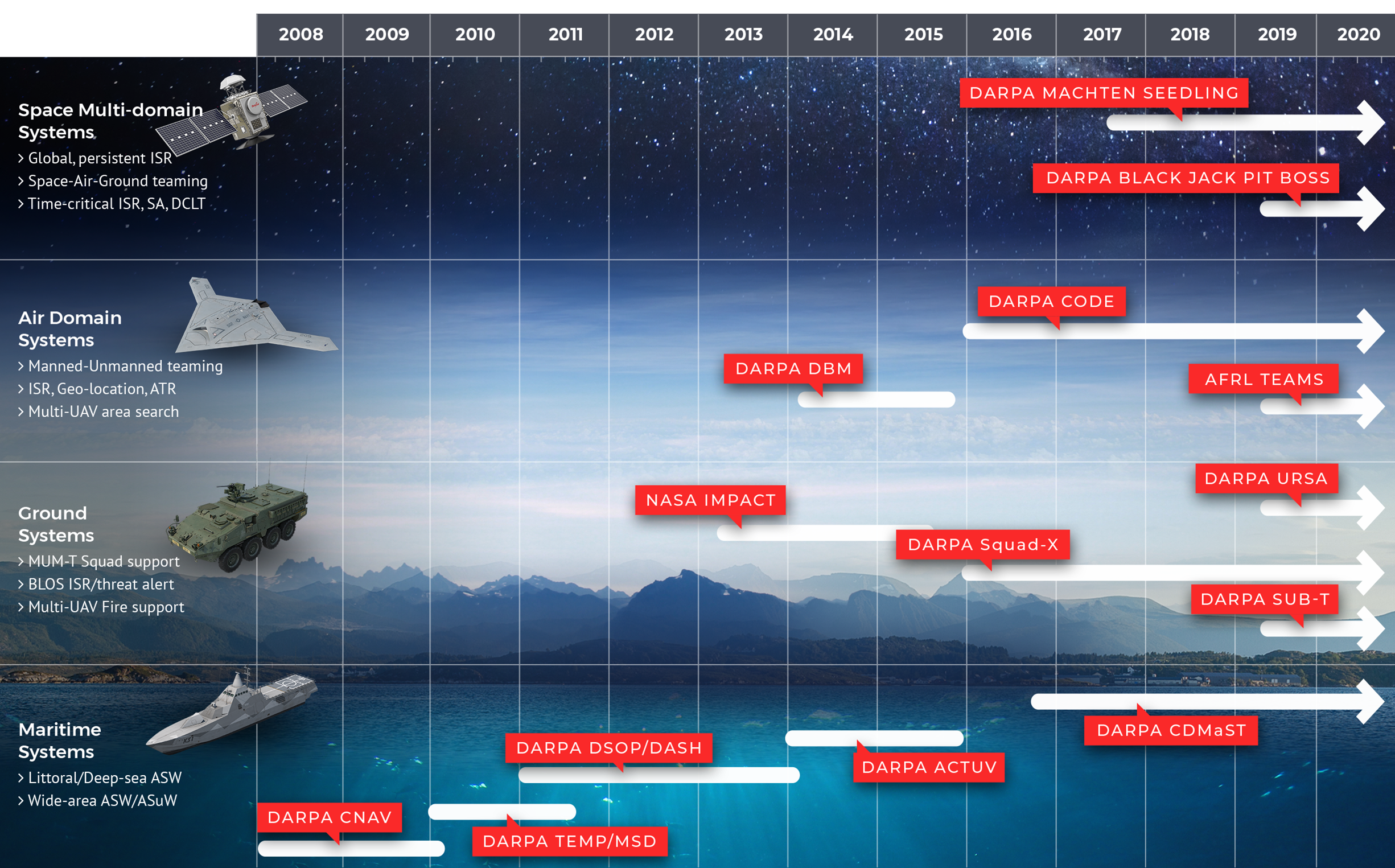
Scientific Systems advances the possibilities of mission autonomy through pioneering innovations in navigation, mission planning and autonomous systems. Our solutions enable unmanned systems to implement commander’s intent, ensure mission effectiveness, and dramatically shorten operational timelines.
Transition Division ISO 9001:2015 Certified
©2024 Scientific Systems Company, Inc.

